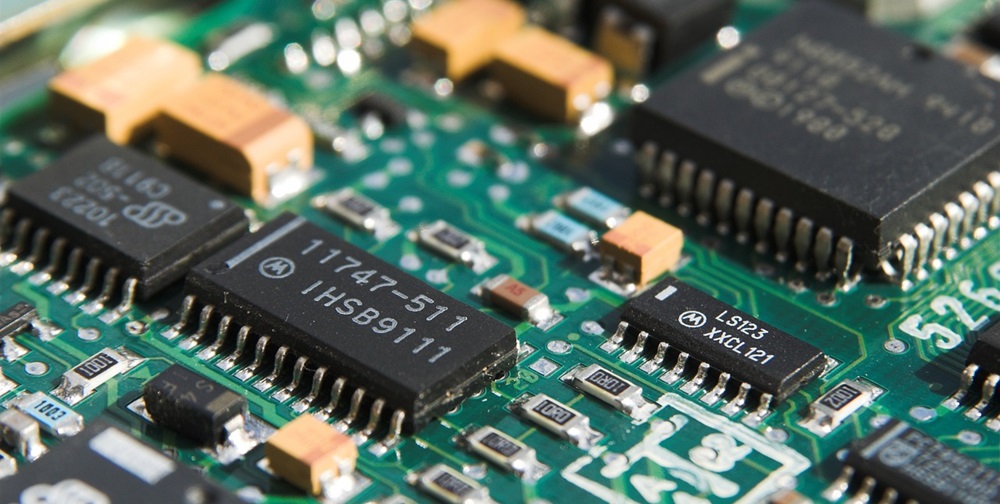Crucial is pushing the envelope in computer memory technology with the introduction of their 12 GB DDR5 RAM modules. This strategic expansion boosts their already robust lineup, which includes the standard 8 GB, 16 GB, and 32 GB capacities. Crafted to meet the escalating needs of high-performance computing, these 12 GB modules are a game-changer. They offer a fresh option in memory configurations, presenting an ideal balance between capacity and efficiency for both desktops and laptops.
The advent of these modules is timely, considering the ever-increasing complexity of contemporary applications and games, which are more memory-hungry than ever before. Built to harmonize with the latest processors, Crucial’s new memory modules are set to cater to the burgeoning demands of advanced computing environments. Users can expect a noticeable enhancement in their systems’ ability to handle intensive tasks with greater agility. Crucial’s move not only reflects an understanding of present user needs but also anticipates future trends in the tech sphere.
Catering to a Diverse Market
The introduction of a 12 GB module is a clear nod to the increasing diversity in consumer needs. Not everyone requires the full might of a 32 GB memory setup, yet 8 GB often falls short for those engaged in heavy multitasking or demanding gaming sessions. By offering a 12 GB capacity module, Crucial enables users to achieve a more balanced 24 GB when installed in dual-channel mode, bridging the gap for those who seek a middle ground. This flexibility speaks directly to those who want to tailor their systems to specific performance requirements without overinvesting in unnecessary extra memory.
The 24 GB dual-channel configuration is not only unique but also cost-effective. It provides ample headroom for intensive tasks without jumping to a premium 32 GB setup. Moreover, as modern applications and games evolve to utilize greater amounts of RAM, these 12 GB modules offer a buffer against quickly outdated specifications. By considering both the present demands and future growth, Crucial’s strategic addition provides a fresh alternative for system builders and upgraders looking to customize their rigs with both performance and economic value in mind.
Optimal Performance and Compatibility
Crucial’s 12 GB memory sticks are engineered for peak performance, capable of reaching speeds up to 5600 MT/s to maximize high-speed interfaces. They also offer backward compatibility with speeds at 5200/4800 MT/s, demonstrating their adaptability to various systems. These versatile modules are designed to pair seamlessly with advanced processors such as Intel’s 13th Gen Core and AMD’s Ryzen 6000 series.
Suited for mainstream applications, these non-ECC, 262-pin SODIMM units cater to consumer needs rather than the server or workstation markets. Compatibility is further highlighted by the DDR5 technology, which doesn’t align with older DDR4 slots, signaling a clear shift to more current computing platforms. With PCs increasingly supporting massive memory capacities, Crucial leads the charge in providing solutions to meet both current and future user requirements. By investing in these memory modules, consumers can enjoy high-speed performance while maintaining compatibility across a range of systems.

